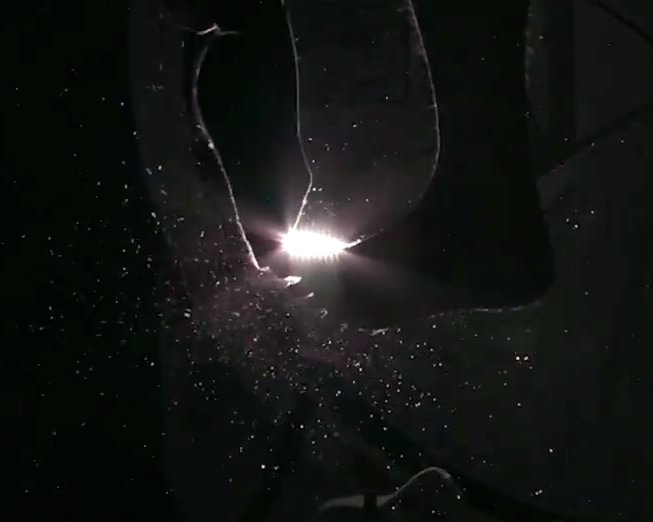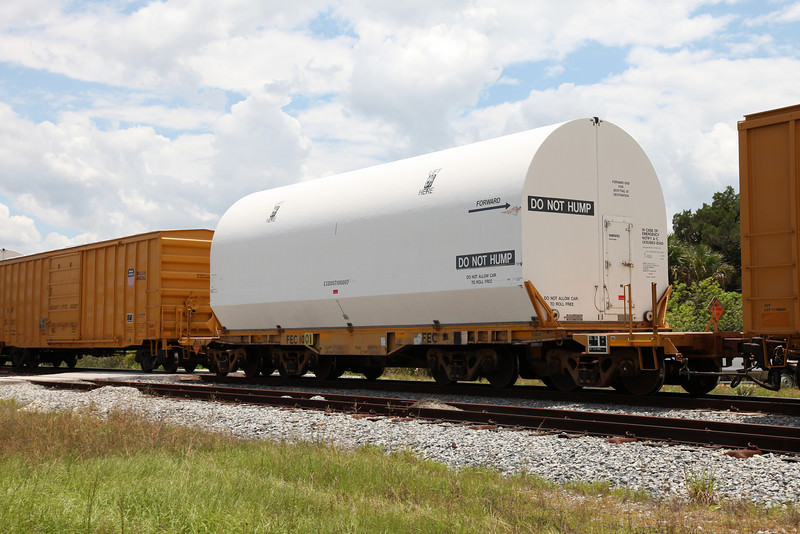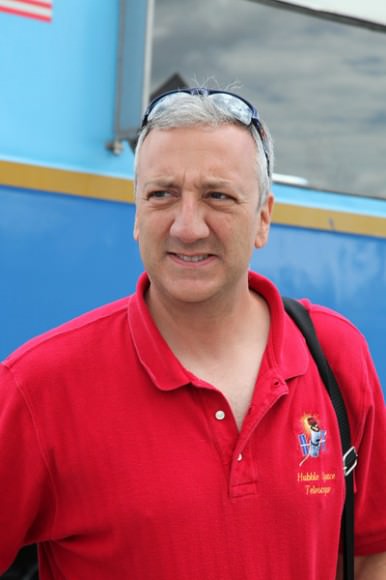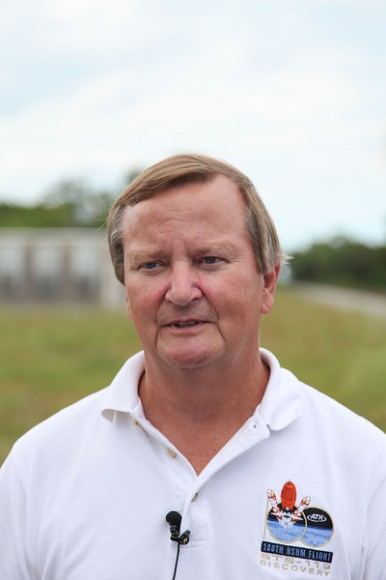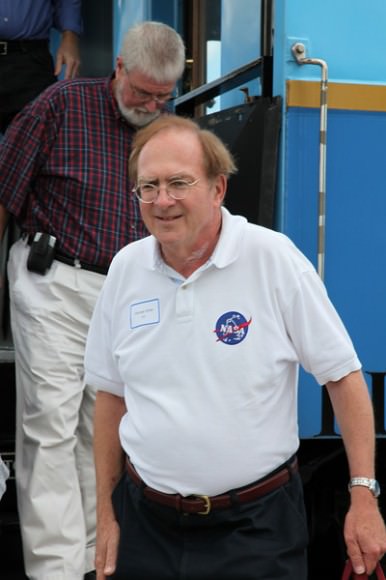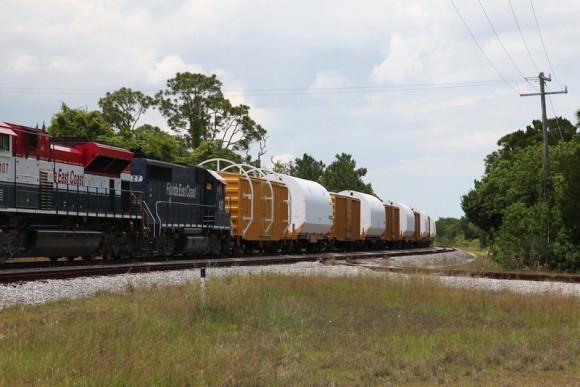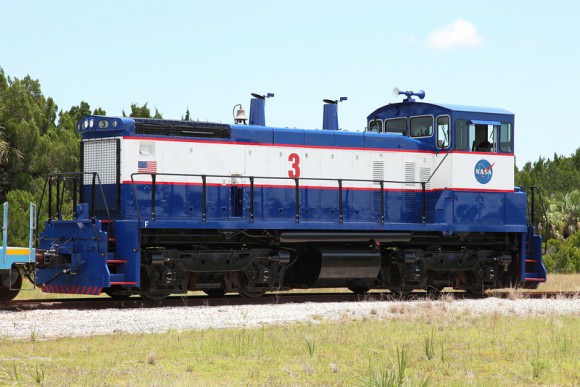Hosts:
Fraser Cain (universetoday.com / @fcain)
Dr. Paul M. Sutter (pmsutter.com / @PaulMattSutter)
Dr. Kimberly Cartier (KimberlyCartier.org / @AstroKimCartier )
Dr. Morgan Rehnberg (MorganRehnberg.com / @MorganRehnberg & ChartYourWorld.org)
Special Guests:
This week, we are extremely excited to welcome former NASA Astronaut Mike Massimino back to the Weekly Space Hangout in a segment he pre-recorded with Fraser back in April of this year.
Mike, the first person ever to send a tweet from space, joins a group of eight elite astronauts to tell Earth’s extraordinary story in National Geographic’s new series, ONE STRANGE ROCK, executive produced by Darren Aronofsky’s Protozoa Pictures and Jane Root’s Nutopia. Having viewed Earth from space, Mike conveys his personal experiences of our planet and underscores how there really is no place like home.
Mike served as an astronaut from 1996 to 2014. He is a veteran of two space flights: STS-109 in March 2002 and STS-125 in May 2009 – the final two Hubble Space Telescope servicing missions. He was the last person to work inside of Hubble and set a team record with his crewmates for the most cumulative spacewalking time in a single space shuttle mission. He has logged a total of 571 hours and 47 minutes in space and 30 hours and 4 minutes of spacewalking.
Mike received his Bachelor of Science degree from Columbia University and two Master of Science degrees and a Ph.D. from MIT. He has received a number of awards including two NASA Space Flight Medals, the NASA Distinguished Service Medal and the American Astronautical Society’s 2009 Flight Achievement Award. Additionally, he is the holder of two patents and author of many engineering research papers.
Mike lives in New York City, where he is an engineering professor at Columbia University and the senior advisor for space programs at the Intrepid Sea, Air & Space Museum. He is author of the New York Times Bestseller Spaceman: An Astronaut’s Unlikely Journey to Unlock the Secrets of the Universe and has made numerous television appearances, including National Geographic’s late-night talk show StarTalk and had a six-time recurring role as himself on the CBS sitcom The Big Bang Theory.
You can watch full episodes of One Strange Rock online at the Nat Geo website (http://channel.nationalgeographic.com/one-strange-rock/) including Episode 7, Terraform, featuring this week’s guest, Mike Massimino.
Announcements:
If you would like to join the Weekly Space Hangout Crew, visit their site here and sign up. They’re a great team who can help you join our online discussions!
We record the Weekly Space Hangout every Wednesday at 5:00 pm Pacific / 8:00 pm Eastern. You can watch us live on Universe Today, or the Weekly Space Hangout YouTube page – Please subscribe!

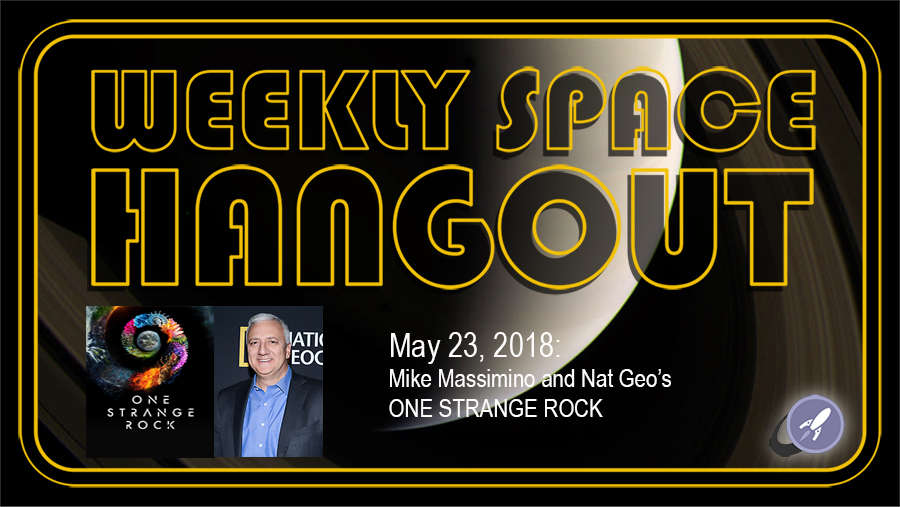
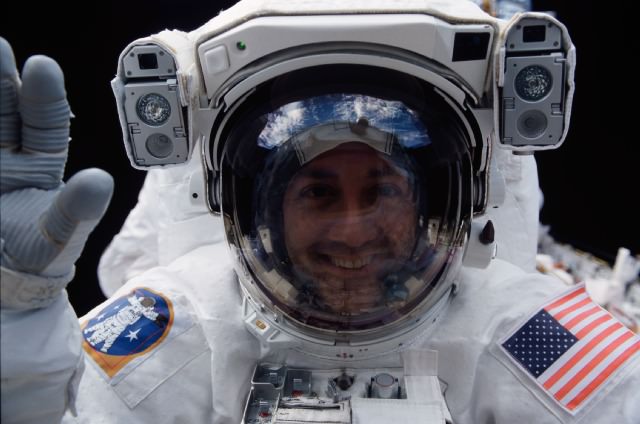
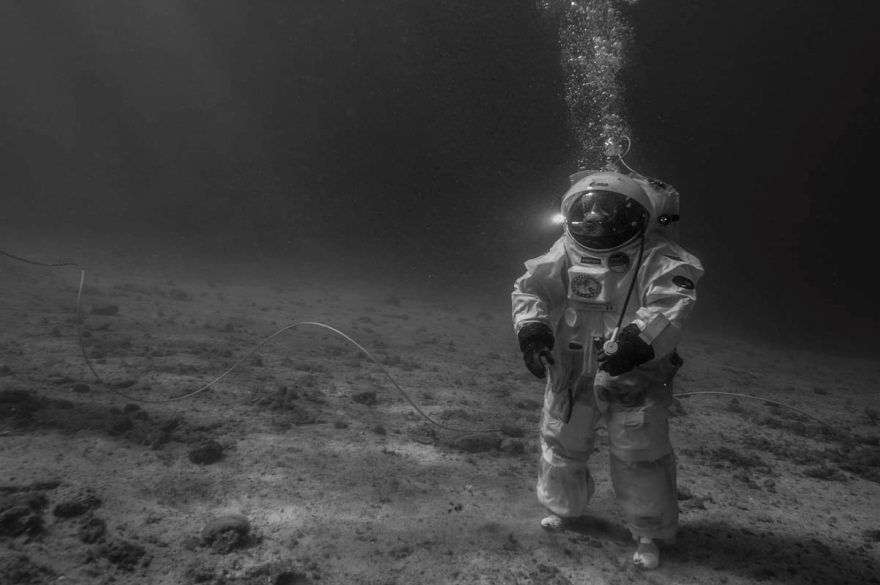
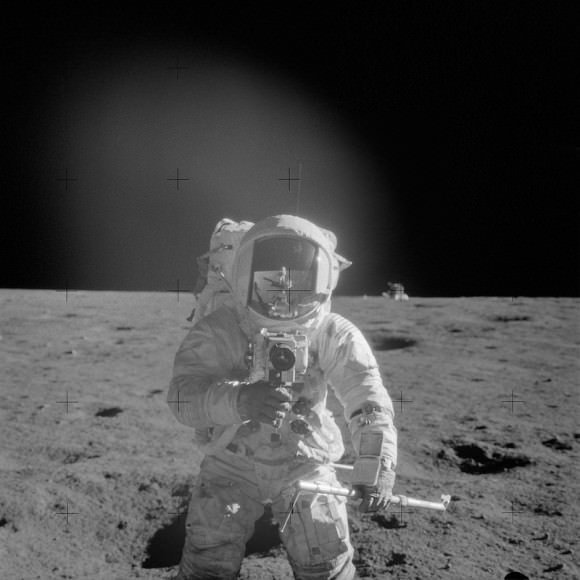
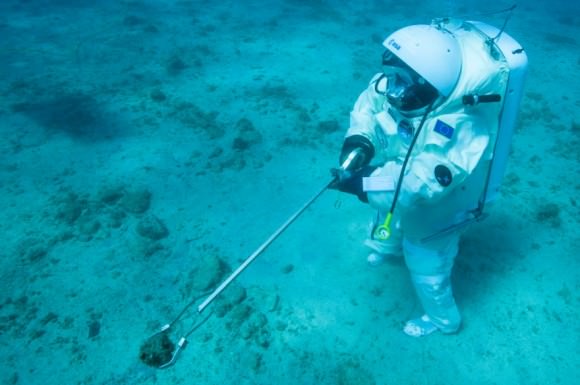
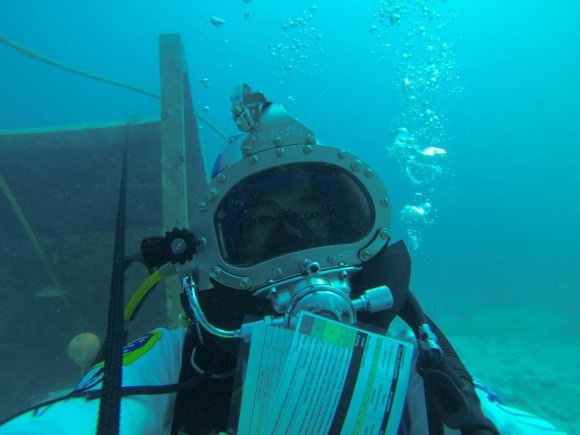
!["Worked with @astro_reid [ESA astronaut Reid Wiseman] in the pool today, and guess who we met?" joked ESA astronaut Alexander Gerst on Twitter on Sept. 5, 2013. Presumably the joke referred to the protagonist in WALL-E, a 2008 Pixar-animated film that features space exploration. Credit: Alexander Gerst/Twitter](https://www.universetoday.com/wp-content/uploads/2013/09/NBL_shot-433x580.jpg)
